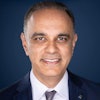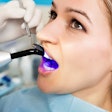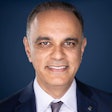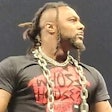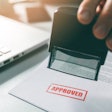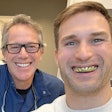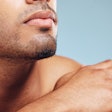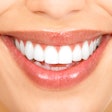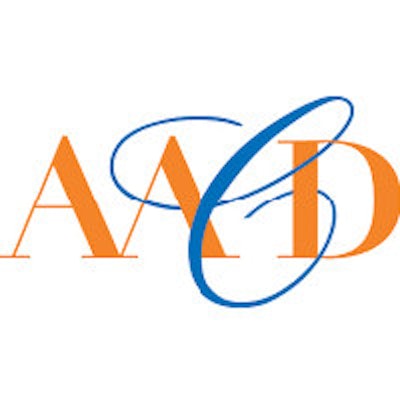
More than a quarter of responding dentists reported making $2,500 or more each time a patient comes to the office for a cosmetic procedure in a new American Academy of Cosmetic Dentistry (AACD) survey.
An additional 40% of respondents stated that they made more than $1,000 per cosmetic patient visit, and 10% of the respondents reported that their revenue from cosmetic procedures alone was more than $1 million annually, the AACD noted in the survey report.
AACD members may be able to focus on fee-for-service procedures, AACD Executive Director Barbara Kachelski told DrBicuspid.com.
"Most AACD members are owners or associates in solo practice and are able to focus on fee-for-service dentistry as they perform increasingly popular cosmetic procedures," Kachelski stated.
Most common procedures
The academy surveyed both members and nonmembers during fall 2015 and received a total of 360 responses. The majority (85%) of respondents identified themselves as dentists; other categories included office administration, hygienist, or assistant. Of the dentists, 60% identified themselves as general dentists and 29% as cosmetic dentists.
 Barbara Kachelski, executive director, American Academy of Cosmetic Dentistry. Image courtesy of the AACD.
Barbara Kachelski, executive director, American Academy of Cosmetic Dentistry. Image courtesy of the AACD.When survey respondents could choose multiple procedures, the procedures most often performed in the office included the following:
- Crowns (82%)
- Bonding (74%)
- Whitening (58%)
- Veneers (54%)
However, when respondents had to identify the one cosmetic procedure they performed most frequently, teeth whitening came in at 32%, just ahead of bonding at 30%. Respondents averaged 109 bleaching/whitening procedures in their practice during the previous year. The average cost of this procedure in their practice was a little more than $357.
They were asked the same question about implant procedures and reported an average of just more than 95, with an average cost of an implant procedure in their practice of more than $2,240.
Labs, CAD/CAM, and materials
More than 60% of respondents said they used two to three labs, while 11% responded that they used a single lab. Most (76%) said their prime consideration for deciding which labs to use was aesthetics, while the procedure, specialty, and the cost of the case were secondary. Most (63%) reported they learned about a lab's reputation for aesthetic results by word of mouth.
“More than 50% of respondents said they either currently use chairside CAD/CAM or are considering purchasing a chairside CAD/CAM system.”
When asked if they used a chairside CAD/CAM system, 28% of respondents said yes, while an additional 32% are considering buying one.
"The digital push is definitely something being felt in the area of cosmetics -- more than 50% of respondents said they either currently use chairside CAD/CAM or are considering purchasing a chairside CAD/CAM system," Kachelski noted.
For the first time, the survey also asked participants which restoration material would they use in their own mouth? Lithium disilicate (for example, IPS e.max, Ivoclar Vivadent) had the most responses with 84%, with zirconia (BruxZir from BruxZir USA) next at 58%.
Patient concerns and referrals
The survey takers were asked to judge the "degree of concern" their patients had about various issues in seeking cosmetic dentistry, based on a five-point scale with 5 being a "great concern." Unsurprisingly, appearance was cited by almost all respondents (99%), followed by cost (88%) and longevity of treatment results (77%).
A majority of patients (86%) cited a desire to improve physical attractiveness and self-esteem as their primary motivations for seeking cosmetic dentistry, and just over half (51%) of respondents said their patients came to their practice to fix a previous cosmetic issue.
Social media
Dentists said word of mouth (63%) and Internet searches (27%) were the prime ways that patients found them. No other method scored more than 4%. Facebook is used by more than 80% of practices, while Twitter and YouTube each are used by 23%.


